After 5 years of research in the laboratory and adjusting the nutritional regime in the snail tank, up to now, Dr. Mai Duy Minh - Research Institute for Aquaculture III ( Ministry of Agriculture and Rural Development ) has completed the process of producing industrial feed for snails and selling it to the market. Many farmers have pioneered the use of new feed to bring economic efficiency in commercial farming. Dr. Mai Duy Minh - author of the research project said:
Since releasing the snails, I have used 100% of the industrial feed that I researched and produced. Snails of about 120/kg can be sold, the selling price is from 230,000 to 280,000 VND/kg. If anyone has capital, choose a location close to the coast to build a farm, pump in seawater to circulate, ensuring one capital - one profit.
Bring many benefits
 |
| Dr. Mai Duy Minh feeds snails with industrial food in a cement tank. |
- 2 years ago, I saw the shells of snails raised in tanks were silver, which showed that the snails were not healthy. Now I see the shells are bright in color like those caught in the wild. Why is there such a difference, sir?
- At that time, I was in the process of experimentally raising snails in cement tanks, and at the same time researching the formula for producing industrial food for snails. From the practice of raising in tanks, the shells of snails had peeled off the velvet layer, pale white in color, proving that the snails were not healthy. Therefore, I researched the water source, feeding regimen, adjusted the nutritional content of the food, then the snails grew better, and were sold to the market for profit.
 |
| Industrial food for raising snails. |
- If we stop at raising fish in cement tanks, it will only be a scientific success. The important thing is how to transfer the commercial farming process to people to bring high profits. So, how did you do it?
- During the experimental farming process, I built two models of raising snails in cement tanks and raising snails in ponds. From there, I was able to calculate the water environment's carrying capacity, the nutritional regime for snail development, the cost of the product, the farming time, and the economic efficiency on the farming area. Not long ago, a farming household in Binh Dinh province harvested 2.5 tons of snails raised in ponds, with a revenue of more than 500 million VND, after deducting all expenses (of which the total amount of money spent on buying industrial feed for snails was 160 million VND), the profit was still more than 150 million VND. Currently, many other households in the provinces of Binh Dinh, Phu Yen, and Khanh Hoa have bought tons of industrial feed for snails. That shows that industrial feed for snails has been accepted by the market, and farmers have achieved quite good economic efficiency.
- What do you think about the advantages of industrial feed compared to trash fish feed that people are using to raise snails?
- Using industrial feed to raise snails solves several core problems. Firstly, in the process of producing industrial feed, pathogens are cleaned, ensuring adequate nutritional quality. Using industrial feed with dry pellets of suitable size, the snails will eat everything, minimizing waste from feed. Using miscellaneous fish has the risk of being contaminated with pathogens and preservatives; every day at the bottom of the pond there is a large amount of fish bones and fish scales left over, leading to the amount of wastewater discharged from the pond causing environmental pollution..., over a long period of time, it accumulates and creates a layer of black mud on the bottom of the pond causing pollution, leading to the risk of disease outbreaks that kill snails en masse. Secondly, the process of raising snails using industrial feed requires less labor. Thirdly, raising with industrial feed helps snails develop evenly because the pellets are spread evenly across the bottom of the pond, and the snails do not have to compete for food. In addition, replacing fresh food with industrial food in snail farming also contributes positively to responsible exploitation to protect aquatic resources.
Helps easily trace origin for export
 |
| Snails raised with industrial feed are sold to the market. |
- The doctor gave the information above that "building a farm, pumping seawater in to circulate, ensuring one capital - one profit". So, what is the optimal plan for building a farm?
- Snails prefer clean water environment, the cleaner the pond bottom, the faster the snails grow. After several years of experimental farming in cement tanks in Van Hung commune (Van Ninh district), because my farm is far from the coast, each time pumping water is difficult, so I only make a water filtration and circulating system, about 2-3 weeks to pump in sea water to replace, the farming time is 6-7 months to reach 150 snails/kg. To achieve high efficiency, for provinces such as Binh Dinh, Phu Yen, Khanh Hoa, Ninh Thuan..., farmers should choose a location close to the coast to build a farm with cement tanks, the tank wall is 50cm high, place a few solar panels to create electricity to pump sea water to circulate all day, there will be a farming environment similar to the natural one, combined with farming with industrial feed, it is possible to farm at a higher density than ponds and still achieve high productivity. With this farming method, you can raise 2 crops per year, especially during the rainy and stormy months, raising snails in cement tanks helps you actively control the process, and around Tet, you can harvest and sell them at a high price. At this time, snails are often sold at a high price because in China, the cold winter makes it almost impossible to raise snails, and natural exploitation is also difficult, so exporting snails is expensive.
- Countries importing seafood products are increasingly imposing strict conditions. What do snail farmers need to do to meet international regulations?
- For a long time, snail farmers have sold fresh snails to traders for export to the Chinese market, without requiring traceability. However, in the near future, the import market will certainly require certificates of product origin, so raising snails with trash fish is one of the barriers in tracing the origin of food. Therefore, raising snails according to the model of using industrial feed with production process records, declared nutritional content... licensed for production by state management agencies is an inevitable trend. This is also an opportunity to export snails to the European and US markets to open more markets, stabilize prices, and increase income for farmers.
Thank you!
DISCUSSION (Implementation)
Source



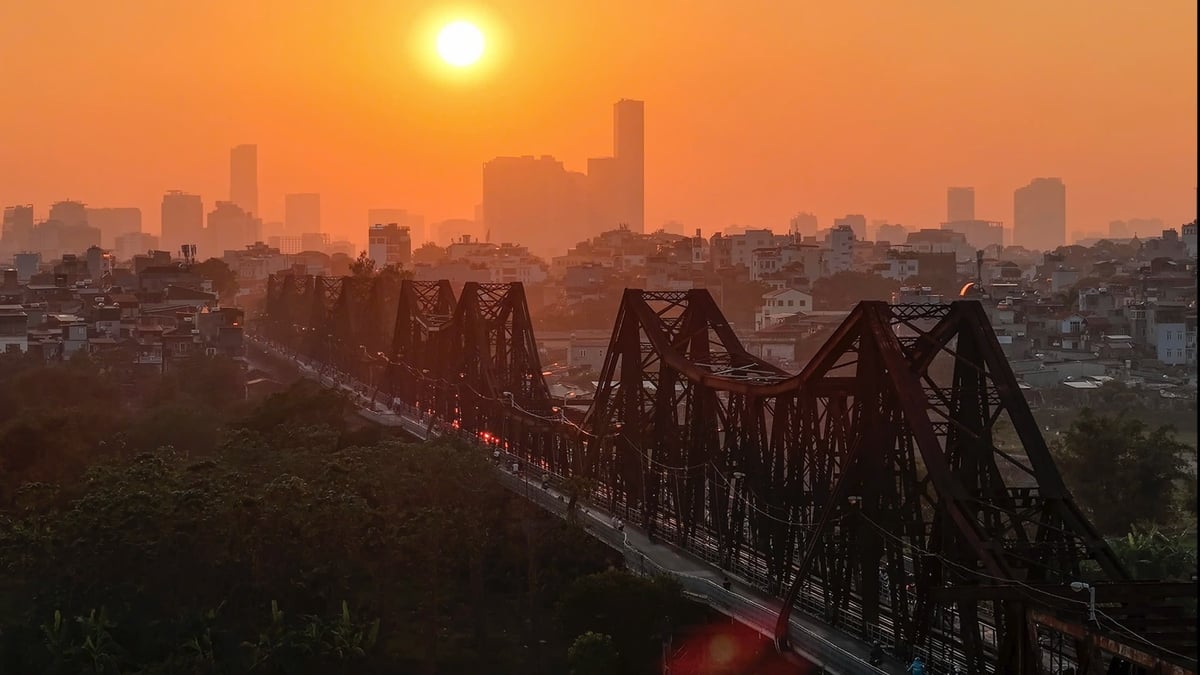






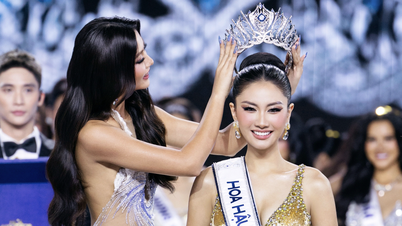



















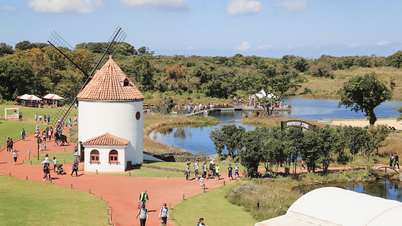

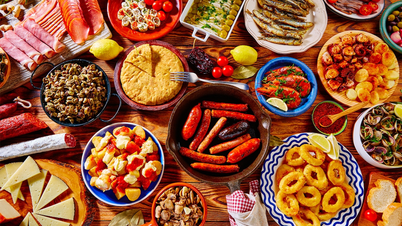
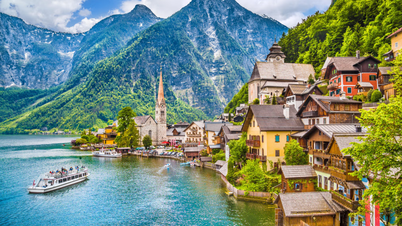
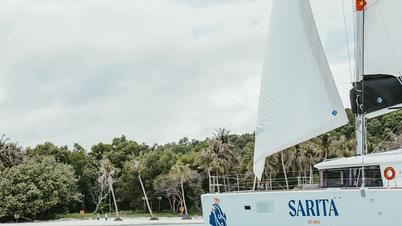
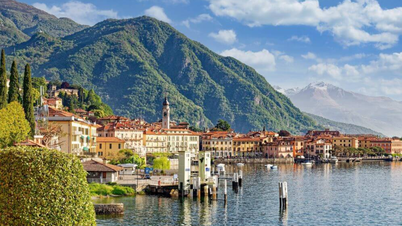















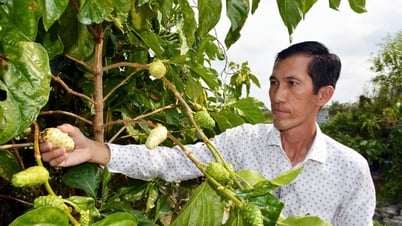





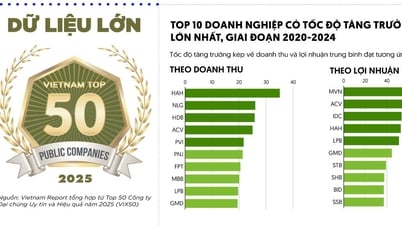





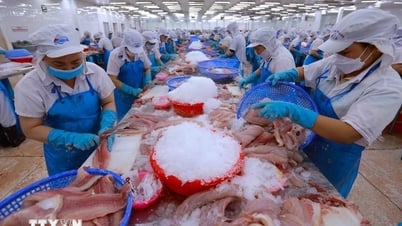












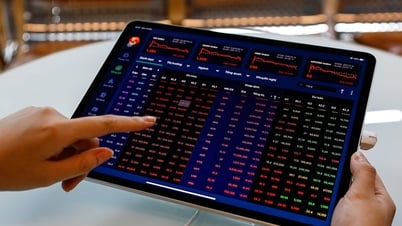
















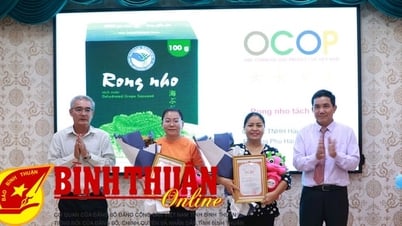







Comment (0)